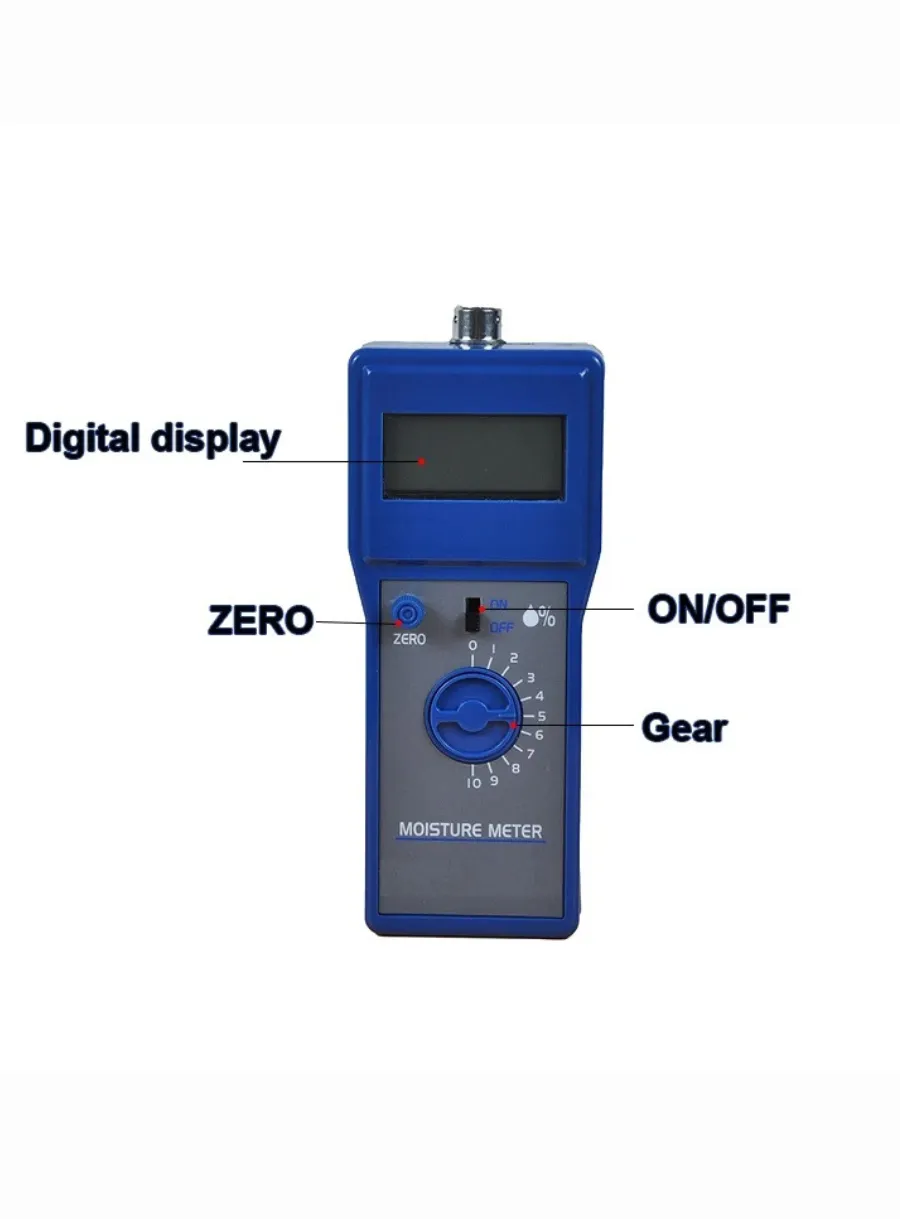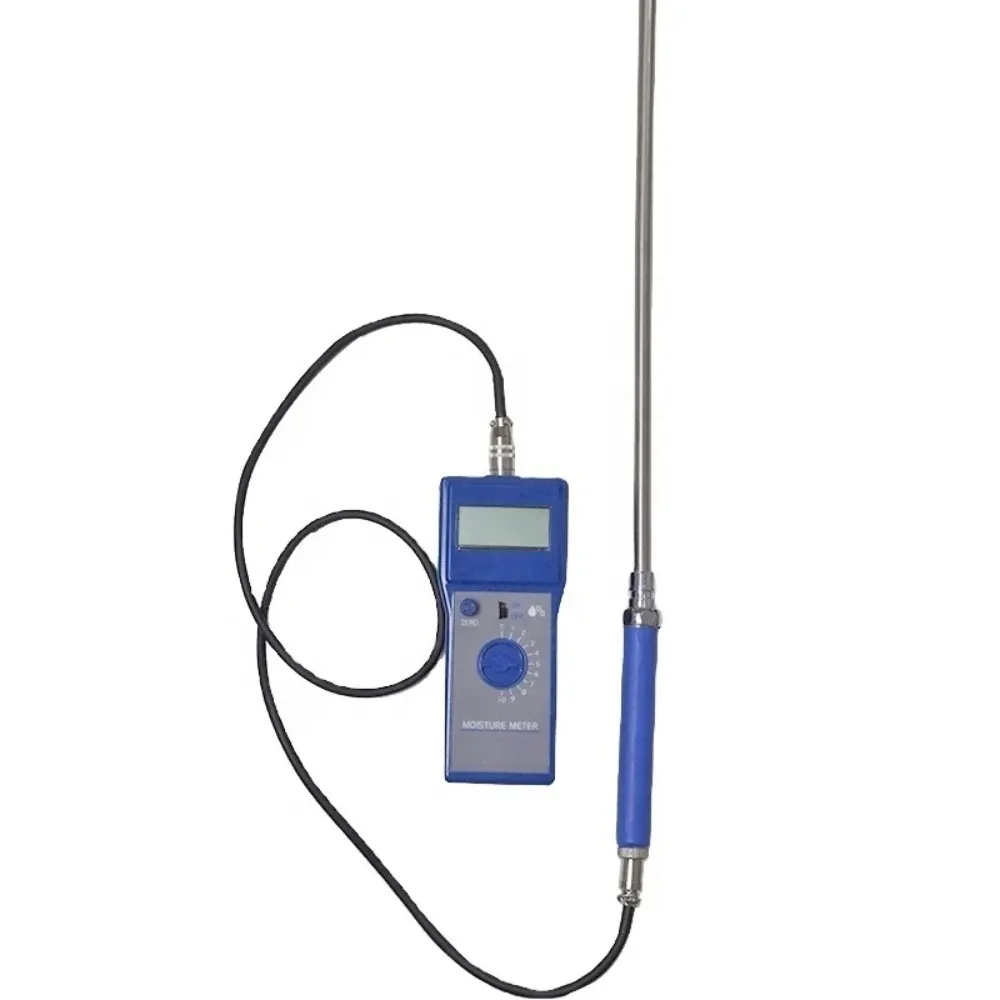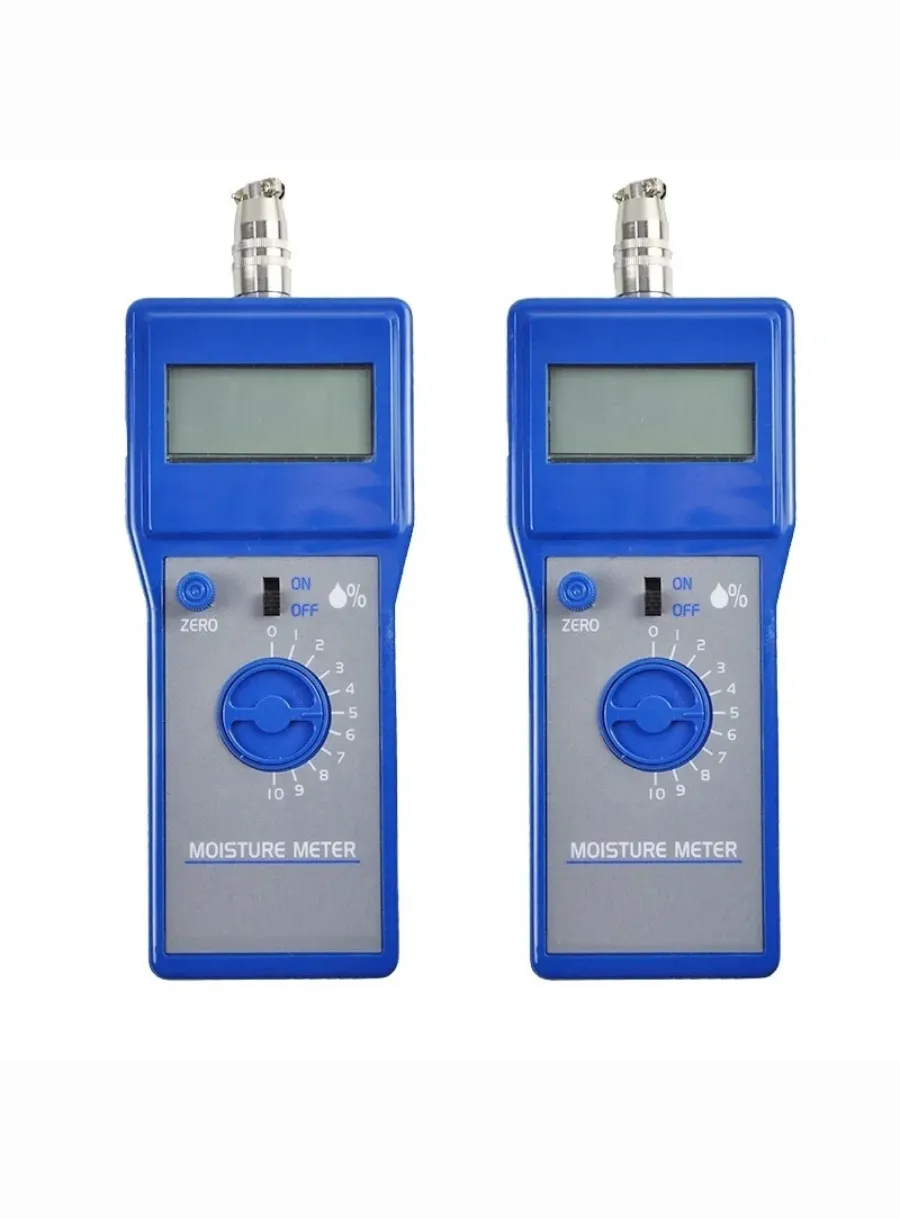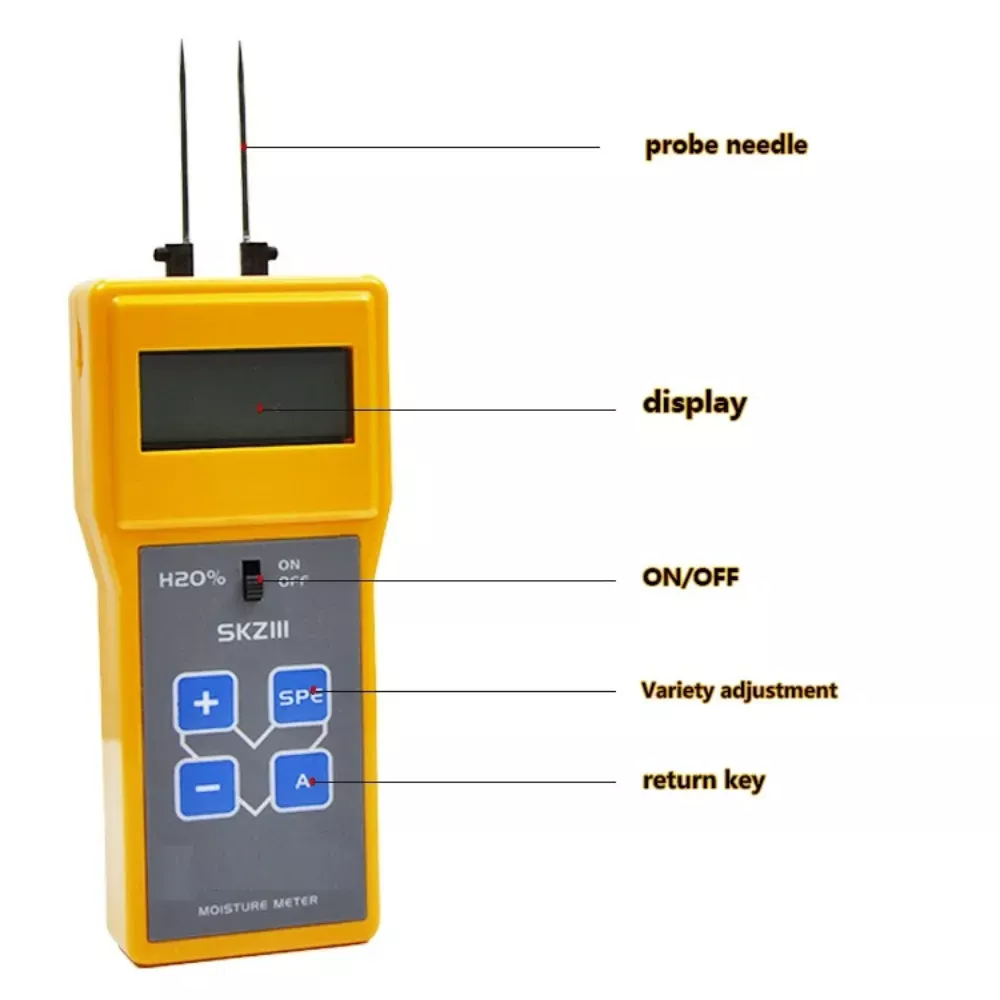
Applications of Textile Moisture Meters
Table of Contents
One of the primary applications of textile moisture meters is in quality control processes. These meters are used to ensure that raw materials, such as fibers and fabrics, meet specified moisture levels before production begins. This step is vital as excess moisture can lead to issues such as mold growth, which can compromise the integrity of the materials and ultimately affect the final product quality.

Throughout the manufacturing process, textile moisture meters play a critical role in monitoring moisture levels at different stages, including spinning, weaving, and dyeing. Continuous monitoring allows manufacturers to identify and correct any deviations from established moisture content standards, thereby maintaining consistency and uniformity in the final textile products.

After the production process, textile moisture meters are used to check the moisture content of finished garments. This is essential to prevent issues during storage and shipping, where excess moisture can lead to deterioration or damage. Accurate measurements at this stage help ensure that the garments maintain their quality and performance during transportation and storage.
Environmental Monitoring
In addition to manufacturing applications, textile moisture meters can be used for environmental monitoring in warehouses and storage facilities. By keeping track of humidity levels, manufacturers can create optimal storage conditions, thereby extending the lifespan of their textiles and reducing waste associated with moisture-related damages.
Research and Development
Textile moisture meters also find applications in research and development, where they are utilized to study the effects of moisture on various textile properties. This research can lead to the development of new materials and processes that enhance moisture management in textiles, contributing to innovations in the industry.
Comments
Tags
Frequently Asked Question
Textile moisture meters ensure raw materials meet specified moisture levels before production, preventing issues like mold growth that can compromise product quality.
They monitor moisture levels throughout manufacturing stages like spinning, weaving, and dyeing, helping maintain consistency and uniformity in final products.
They check moisture content in finished garments to prevent deterioration or damage during storage and shipping, ensuring maintained quality and performance.
They are used to study moisture effects on textile properties, leading to the development of new materials and processes that enhance moisture management in textiles.

